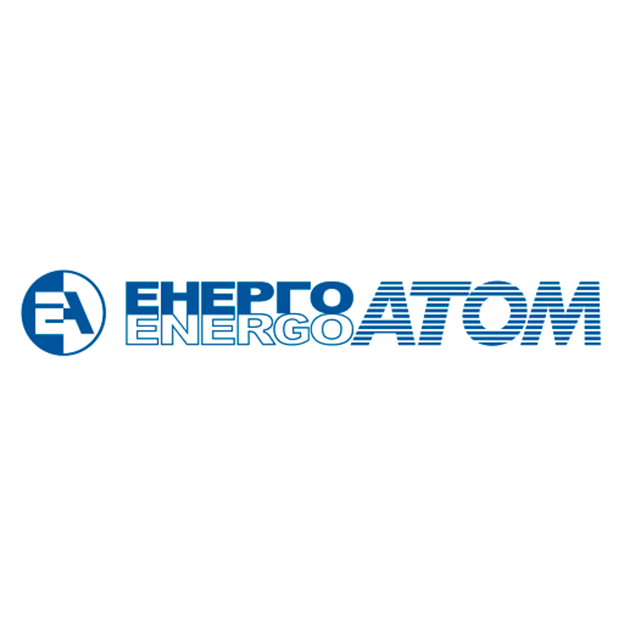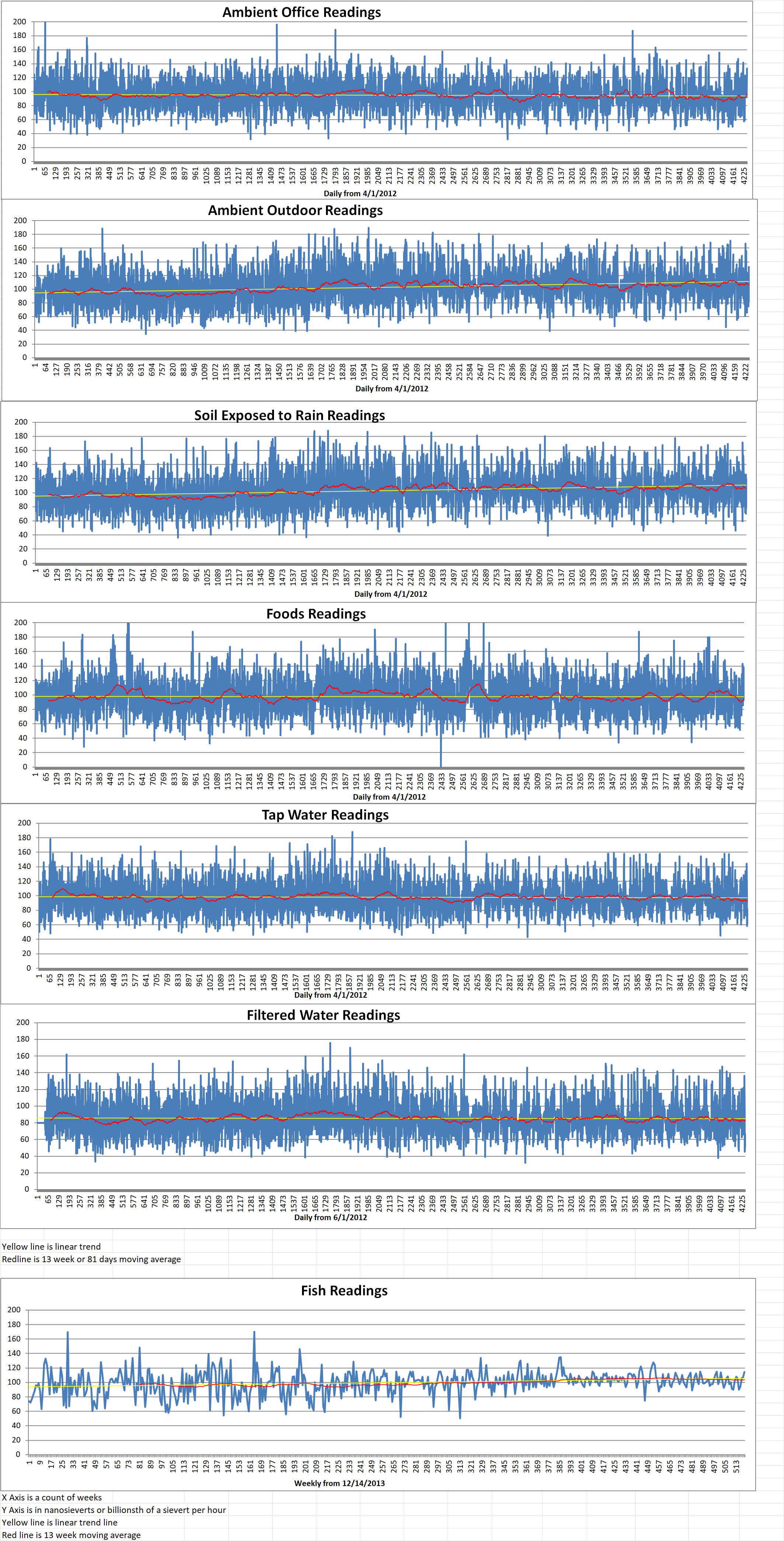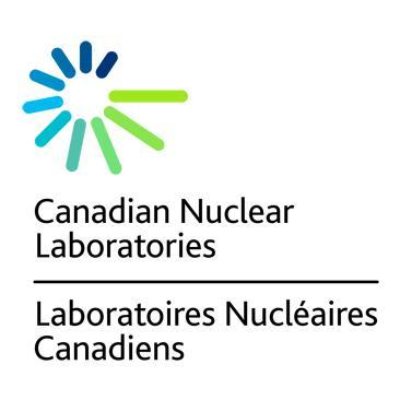Industria is a Polish industrial group. Their plan to construct a power plant based on Rolls-Royce’s small modular reactor (SMR) has been approved by the Polish Ministry of Climate and Environment.
Industria sent its application for a decision-in-principle in December last year to Polish Climate and Environment Minister Paulina Hennig-Kloska. The application deals with the construction of a nuclear power plant using a four hundred and seventy megawatt Rolls-Royce SMR and a used nuclear fuel storage facility as an integral part of the power plant.
On the 10th of May, Hennig-Kloska issued the ministry’s decision-in-principle. She said that she believes the investment would be in the public interest and in line with Poland’s energy and climate policies. The application was positively reviewed by the Head of the Internal Security Agency and the Minister of State Assets.
The decision-in-principle represents official state approval for the planned investment. It is in accordance with the assumptions and concept presented by the company. It is the first decision in the process of issuing administrative permits for investments in nuclear power facilities in Poland that an investor may apply for. Obtaining such a permit entitles Industria to apply for a number of further administrative arrangements, such as a siting decision or construction license.
Alan Woods is the Rolls-Royce SMR’s Director of Strategy and Business Development. He said, “Today’s decision-in-principle by Poland’s Environment Minister is extremely positive news and allows us to advance our commercial and technical discussions on the deployment of Rolls-Royce SMR power plants in Poland. Poland is one of a number of key export opportunities for Rolls-Royce SMR as we look to build on our progress in the UK and exploit the important competitive advantage our SMR design has over its competitors.”
State-owned Industria is part of the Industrial Development Agency JSC (IDA. Last year, they selected Rolls-Royce SMR technology to fulfil the zero-emission energy goals of the Central Hydrogen Cluster in Poland and as part of their plans to produce fifty thousand tons of low-carbon hydrogen every year.
In July of 2023, Industria signed a letter of intent with the Kostrzyn-Słubicka Special Economic Zone SA (KSSSE) with respect to cooperation on the location of a modular power plant based on Rolls-Royce SMR technology in the areas covered by the KSSSE.
Poland’s Ministry of Climate and Environment issued a decision-in-principle in July of 2023 on copper and silver producer KGHM Polska Miedź SA’s plan to construct a NuScale VOYGR SMR nuclear power plant with a capacity of four hundred and sixty-two megawatts consisting of six modules, each with a capacity of seventy-seven megawatts.
In December of 2023, the ministry issued decisions-in-principle to Orlen Synthos Green Energy for the construction of nuclear power plants based on GE Hitachi Nuclear Energy’s BWRX-300 SMR at six locations. A total of twenty-four BWRX-300 reactors are planned at the sites.
The ministry has also issued decisions-in-principle for the construction of two large nuclear power plants. The first is a three thousand- and fifty-megawatt plant in Pomerania using Westinghouse’s AP1000 technology. The second is for a plant comprising two South Korean-supplied APR1400 reactors in the Patnów-Konin region.






